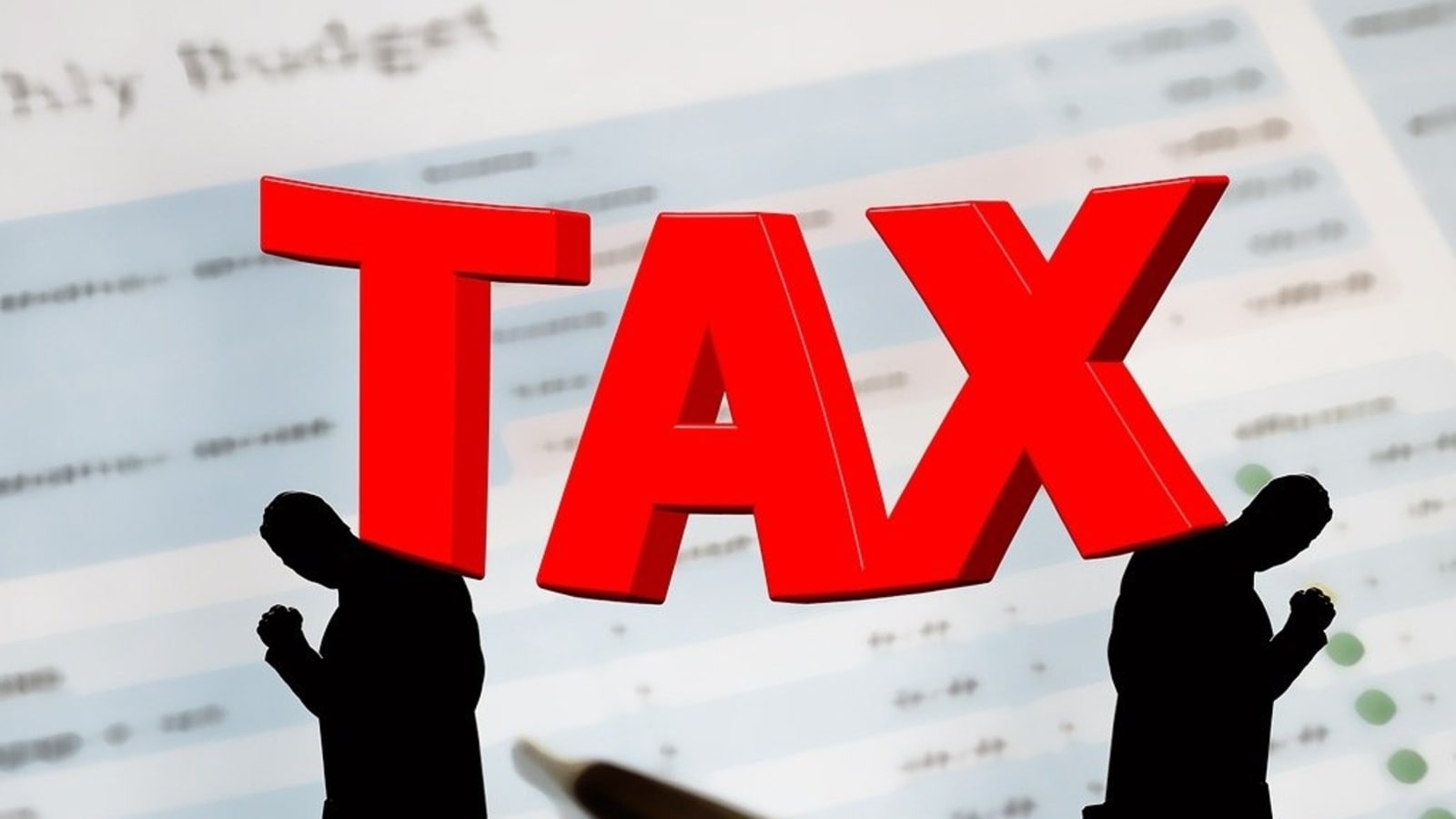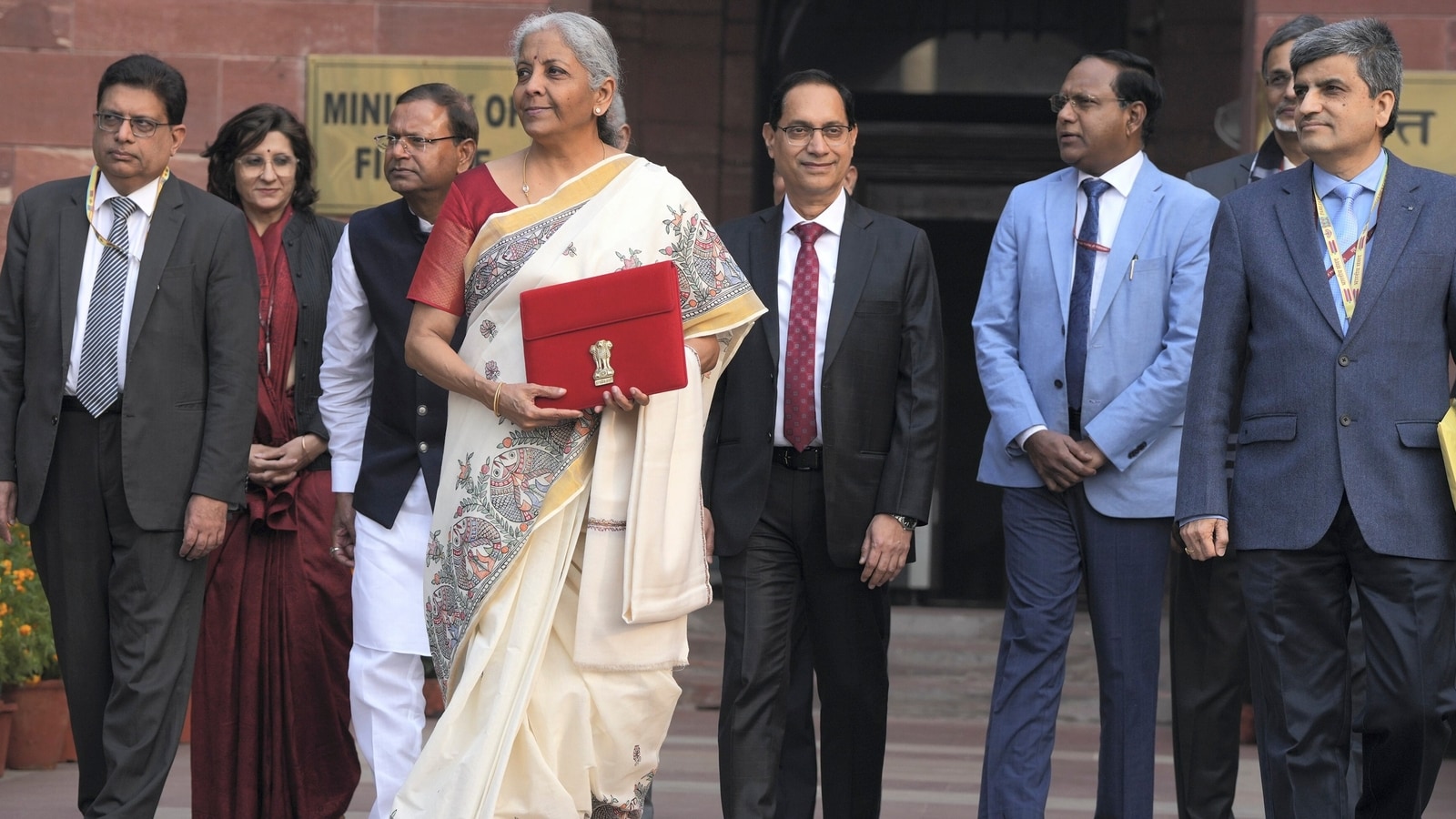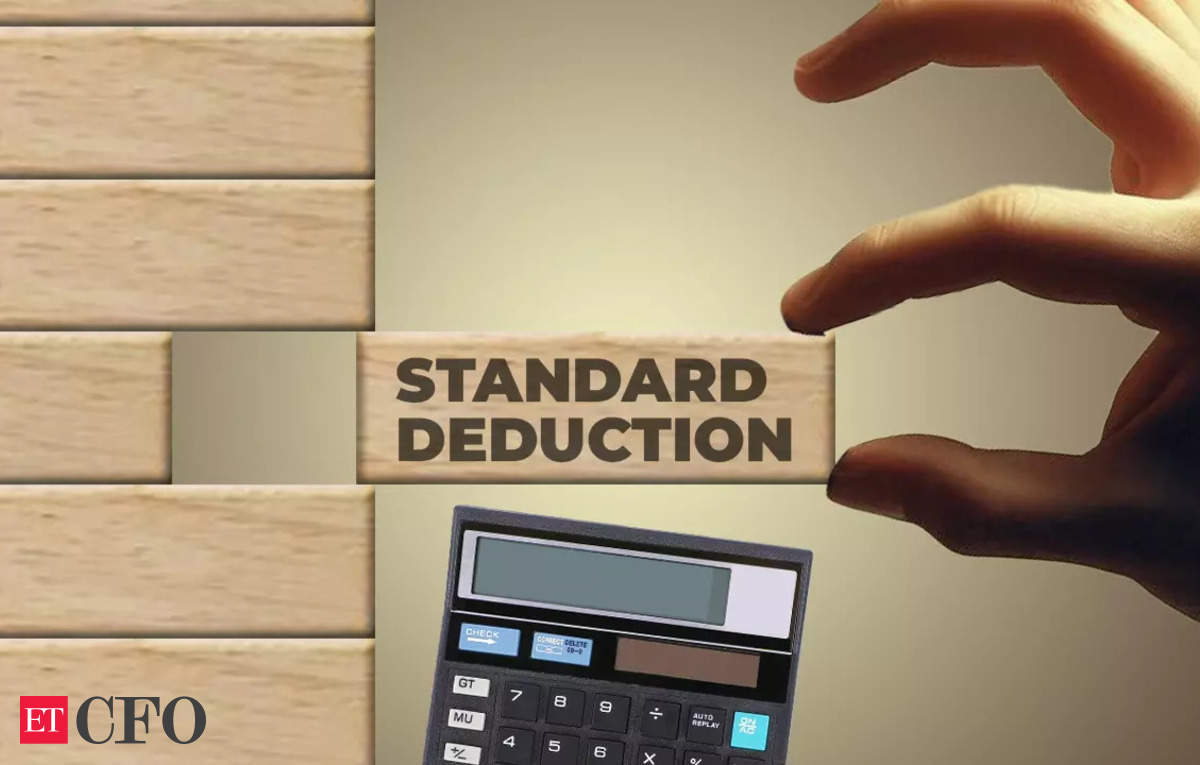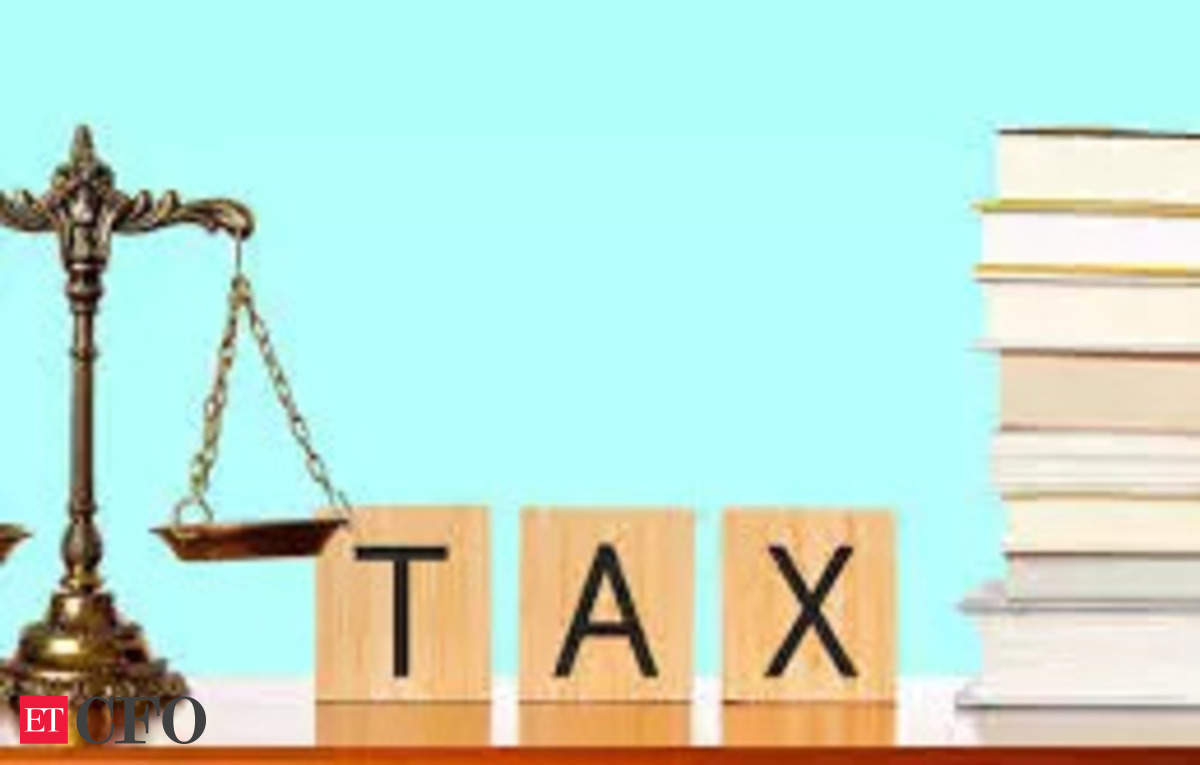New Filing Date for GSTR-4: An Important Update for Composite Taxpayers
GSTR-4 is an annual return under the GST regime that composite taxpayers are required to file. Up until the financial year (FY) 2022-23, the due date for filing GSTR-4 was April 30th, following the end of the financial year. However, this due date has now been changed. The 53rd GST Council meeting introduced a new filing date for GSTR-4, which has been officially notified via Notification No. 12/2024, dated July 10, 2024. This amendment is aimed at providing composite taxpayers with more time to accurately file their annual returns.
Amendment in Rule 62: New Date for GSTR-4
Notification No. 12/2024 Dated 10 July 2024 details the amendment as follows:
In the said rules, in rule 62, after sub-rule (1), the following proviso shall be inserted, namely: “Provided that the return in FORM GSTR-4 for a financial year from FY 2024-25 onwards shall be required to be furnished by the registered person till the thirtieth day of June following the end of such financial year.”
This amendment extends the deadline for filing GSTR-4 by two months, moving it from April 30th to June 30th.
What is GSTR-4?
GSTR-4 is a return that composite taxpayers under the GST regime must file annually. Composite taxpayers are those who have opted for the composition scheme under GST, which allows them to pay a fixed percentage of their turnover as tax and file quarterly returns using CMP-08. This scheme is designed to simplify compliance and reduce the burden on small taxpayers.
Key Changes
Old Date:
- The previous due date for filing GSTR-4 was April 30th of the subsequent financial year.
New Date:
- The new due date, starting from FY 2024-25, is June 30th of the subsequent financial year.
Impact of the Change
The extension of the filing date to June 30th provides several benefits to composite taxpayers:
- Additional Time for Accurate Filing: Taxpayers now have an additional two months to compile and verify their annual returns, reducing the risk of errors and ensuring more accurate filings.
- Better Financial Year Closure: The extended deadline allows businesses more time to close their financial accounts and prepare the necessary data for GSTR-4 filing.
- Reduced Last-Minute Rush: The additional time helps to ease the pressure during the filing season, enabling businesses to manage their resources more effectively.
- Improved Compliance: With more time available, composite taxpayers are less likely to miss the deadline, thereby improving overall compliance rates.
Instructions for Filing GSTR-4
To ensure a smooth filing process, composite taxpayers should follow these instructions:
- Collect and Verify Data: Gather all necessary data related to your annual turnover, purchases, and other relevant transactions.
- Prepare the Return: Use the GST portal to prepare your GSTR-4 return accurately. Ensure that all details are correctly entered.
- Review and Submit: Carefully review the prepared return for any errors or omissions before submitting it on the GST portal.
- Avoid Penalties: File the return before the new due date, June 30th, to avoid any late fees or penalties.
The change in the GSTR-4 filing date is a welcome relief for composite taxpayers, providing them with ample time to ensure accurate and timely submissions. This amendment reflects the GST Council’s commitment to easing compliance burdens and supporting small businesses. As always, staying informed about such updates and adhering to the new deadlines is crucial for maintaining good standing with tax authorities.
Visit www.cagurujiclasses.com for practical courses











